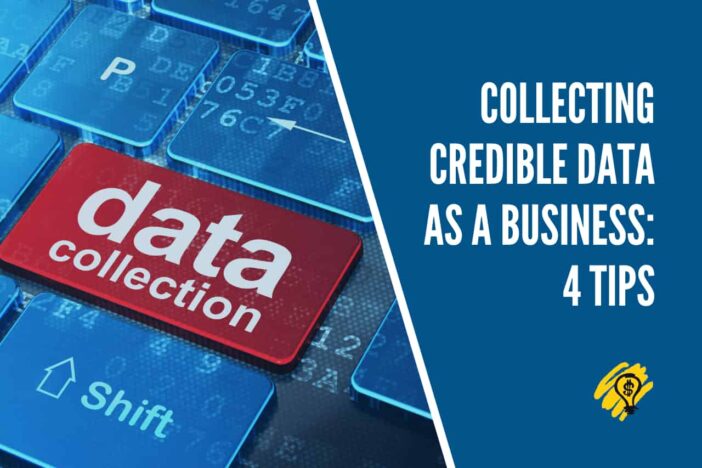The lifeblood of any modern business is data. It supports automated workflows, provides customer service representatives information to serve consumers better, and enables organizations to make informed decisions. Even smaller enterprises can take advantage of big data to optimize their processes and improve efficiency. Thus, it is no surprise that over eight percent of organizations consider data as valuable assets.
However, this is only when the collected data is accurate and reliable. If there are duplicates, question marks, and errors that surface, it can be challenging. After all, problems will come up if you cannot trust the information your organization collects, which can potentially lead to losses in revenue. To that end, we’ll cover some tips that should help you collect credible data for your business.
1. Improve data foundations
Data debt is one of the most common problems organizations have. For many businesses, information literacy is a critical component in future-proofing their operations. However, ensuring that your data is reliable won’t just happen overnight. It needs to have robust processes, frameworks, and data-literate workplaces. Therefore, you must have the following early into your journey:
- A compliance solution like the anecdotes ai compliance platform can help save yourself the time, money, and trouble of staying on top of all reports, certifications, and frameworks, while also ensuring that your organization remains compliant at all times.
- Efficient processes and workflows will allow you to effectively segment and organize your collected data.
- Information literacy programs to help educate your team.
2. Consider the data source
Unlike reliable information, inaccurate and messy data doesn’t happen accidentally. There will always be a source for them. Thus, it makes sense to carefully consider where the information is coming from before you begin organizing and analyzing the data. It’s also worth checking how the information is gathered and if manual imports or forms are causing poor data to be included in the database.
3. Optimize data collection and form channels
Once you’ve determined how new data enters your apps, it’s always a good idea to ensure these channels are optimized. To gather reliable and valid data, ensure that the following factors are true with all the information you collect:
- The data is in a standardized format and consistent between your applications.
- You have permission to gather the data based on security and protection regulations.
- They will be organized, stored, and used for the correct purposes.
4. Break down the data silos
Having silos can result in unreliable data. As the name implies, data silos are data collections that only a single department can access. And they can harm the productivity and performance of an organization due to a lack of transparency, trust, and collaboration. Therefore, you must break down your data silos.
Conclusion
The collection of reliable data is crucial to any business. But, when you get down to it, you will fail to get the desired outcome with unreliable data. It may also create setbacks for your business that will take time and money to recover. Follow these tips to ensure your data is always reliable.



